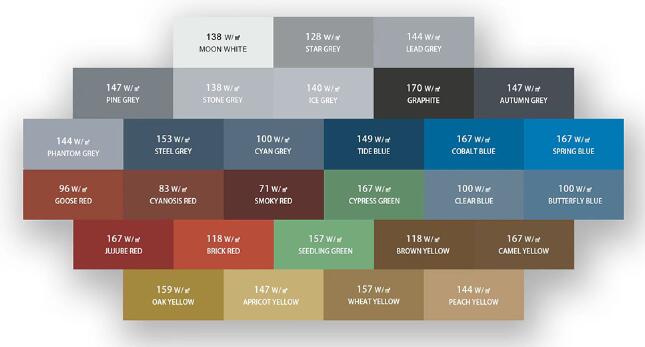Photovoltaics (PV) and building-integrated photovoltaics (BIPV) both involve harnessing sunlight to generate electricity, but they differ in their integration and application.
PV (photovoltaic): refers to technology that uses solar cells to directly convert sunlight into electrical energy. These solar cells can be installed independently, often on structures such as solar panels or arrays.
BIPV (Building Integrated Photovoltaics): refers to the direct integration of solar photovoltaic elements into the building envelope, such as roofs, walls, or windows, as an integral part of the building structure.

Integration and Purpose:
Photovoltaic: Photovoltaic systems are stand-alone units installed on existing structures, such as rooftops or vacant lots. Their main purpose is to generate electricity and their installation is separate from the building design.
BIPV: BIPV involves the seamless integration of solar elements into the building structure. BIPV materials replace or complement traditional building materials, serving a dual purpose by providing structural functionality and solar power generation. Gain Solar is able to provide OEM bipv, providing 100% customization.
Aesthetics and Design:
Photovoltaic: Photovoltaic installations are often designed to optimize efficiency and may not always consider aesthetic integration with the building. They can be eye-catching and may change the appearance of the structure.
BIPV: BIPV is designed to blend seamlessly into the building structure. The goal is to integrate solar elements in a way that enhances the building's aesthetics while maintaining or even improving its functionality.
application:
Photovoltaic: Typically used for stand-alone solar power generation, whether on-grid or off-grid. Photovoltaic installations are not limited to buildings and can be deployed in a variety of locations.
BIPV: Mainly used in buildings and structures where solar elements form an integral part of the design. BIPV is specifically tailored to blend in with the building’s architectural features.
flexibility:
Photovoltaics: more flexible installation locations. Can be added to existing buildings or installed in areas optimized for sun exposure.
BIPV: Needs to be incorporated into the design of the building during the construction or renovation phase. Integration is more complex and needs to be consistent with the overall architectural plan.
Gain Solar, as a professional BIPV manufacturer, reminds you that both PV and BIPV involve solar energy conversion, but the main difference is how they are integrated into the structure. While photovoltaics are typically add-on systems installed on existing structures, BIPV involves incorporating solar elements directly into the building envelope as an integral part of its design.



Comments
All Comments (0)